BMW Explains What Its Model Numbers Mean Now

Once upon a time, you could learn plenty about a BMW simply by reading the model name. If the badge on the boot read ‘330i’, you were looking at a 3-series with a 3.0-litre petrol engine. Well, it usually worked out like that - the last two digits didn’t always match the displacement. The E39 540i had a 4.4-litre engine, the E82 125i used a 3.0 litre….we could go on, but most models stuck to the convention or at least don’t stray too far from it.
As explained in BMW’s latest podcast which references parts of the company’s very long naming guide web page, this system was used for decades. Before World War Two, all cars had a 300 number, to separate them from BMW aircraft (100s) and motorcycles (200s). After the war, names were all over the place, with the chaos brought to an end in 1972 by the ‘E12’ 5-series, with BMW wanting a new system that was easy to understand for customers no matter what language they spoke.
As some surprisingly angry keyboard warrior types will vociferously tell you, the naming convention doesn’t work like this anymore. The humanity! But the thing is, the old way isn’t practical now, since displacement is no longer the main way BMW gives its customers more power.
There are now multiple derivatives of each model that use the same size engine, with the power outputs varied by differing levels of turbocharging and sometimes hybrid supplementation. Having three different things called 520d would, we’re sure you’ll agree, be a little confusing.
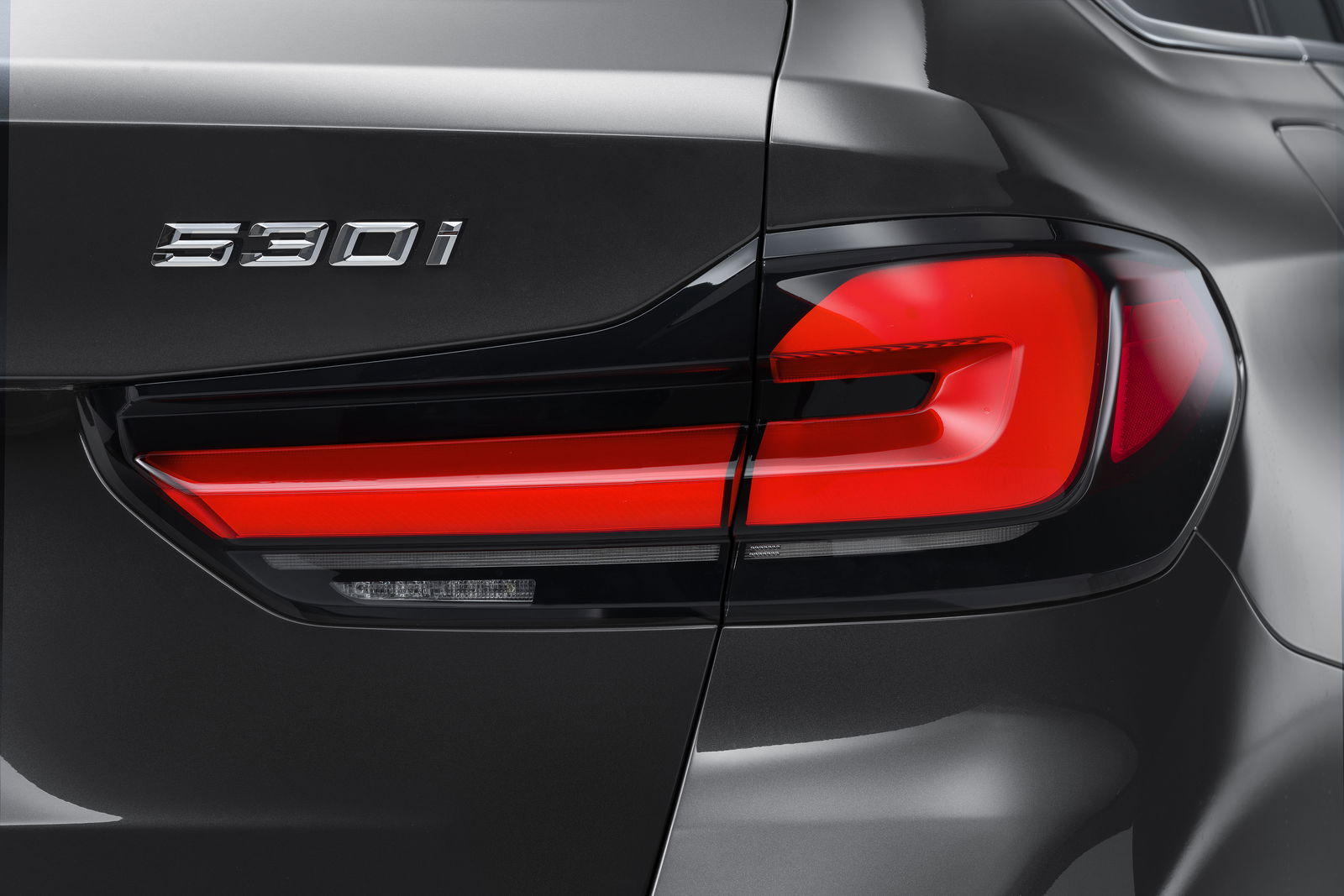
More recently, matters have been complicated further by products with no engine at all - battery electric vehicles. For these and most other BMW models, the last two digits now refer to different output ‘tiers’, much like what Audi started doing a few years ago. In BMW speak, ‘45’ is said to refer to cars offering around 300 to 350kW (402 - 469bhp). That’s the total output including electrical assistance, which is why something like a 545e hybrid gets a bigger number than the 540i despite the pair sharing the same internal combustion engine.
See also: Prepare For Confusion: Audi Is Bringing In A New Two Digit Naming System
That ‘e’ designation did once upon a time stand for the Greek letter eta, referring to models “optimised for torque and RPM,” BMW says. Now it’s used for plug-in hybrid models. A more recent designation is ‘eDrive’ for full EVs like the i4 eDrive40, although ‘leccy M stuff gets a simpler naming strategy, e.g. i4 M50.
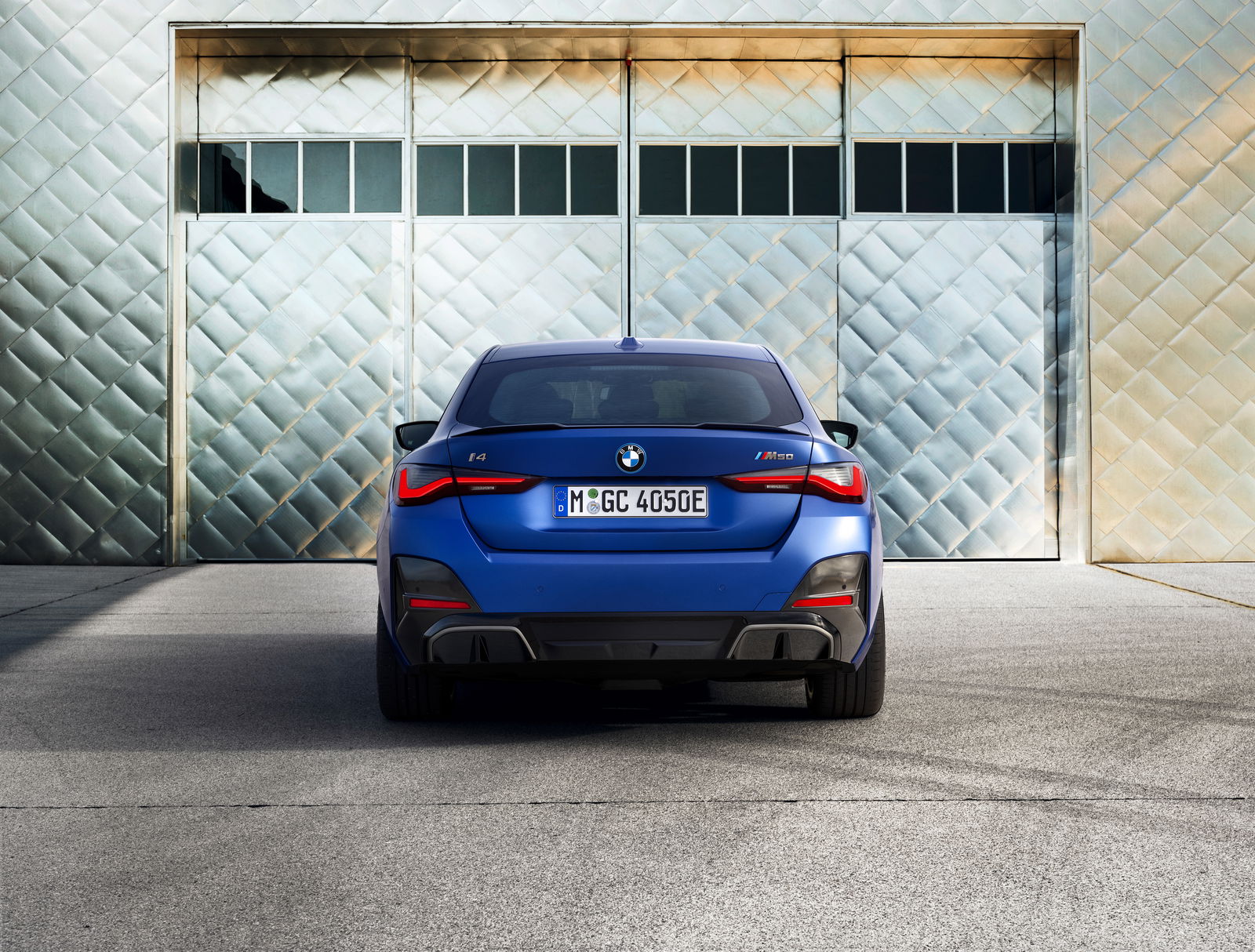
S Drive is reserved for two-wheel drive stuff but only in the Z and X model ranges, while the xDrive name only goes on all-wheel drive derivatives that are available with and without the system but are otherwise identical. An ‘i’ or ‘d’ at the end of a badge means, as has always been the case, petrol injection and diesel.
Full fat M cars have that magic letter combined with only one number referring to the ‘series’ (e.g. an M Division’d 3-series is an M3), but it comes after the model name on SUVs. If it’s a half-fat M car you get the usual three-digit number, e.g. M550i, although electric models and SUVs just have the two, e.g. X3 M40i.
Hopefully, all of that has cleared things up and not confused you further…
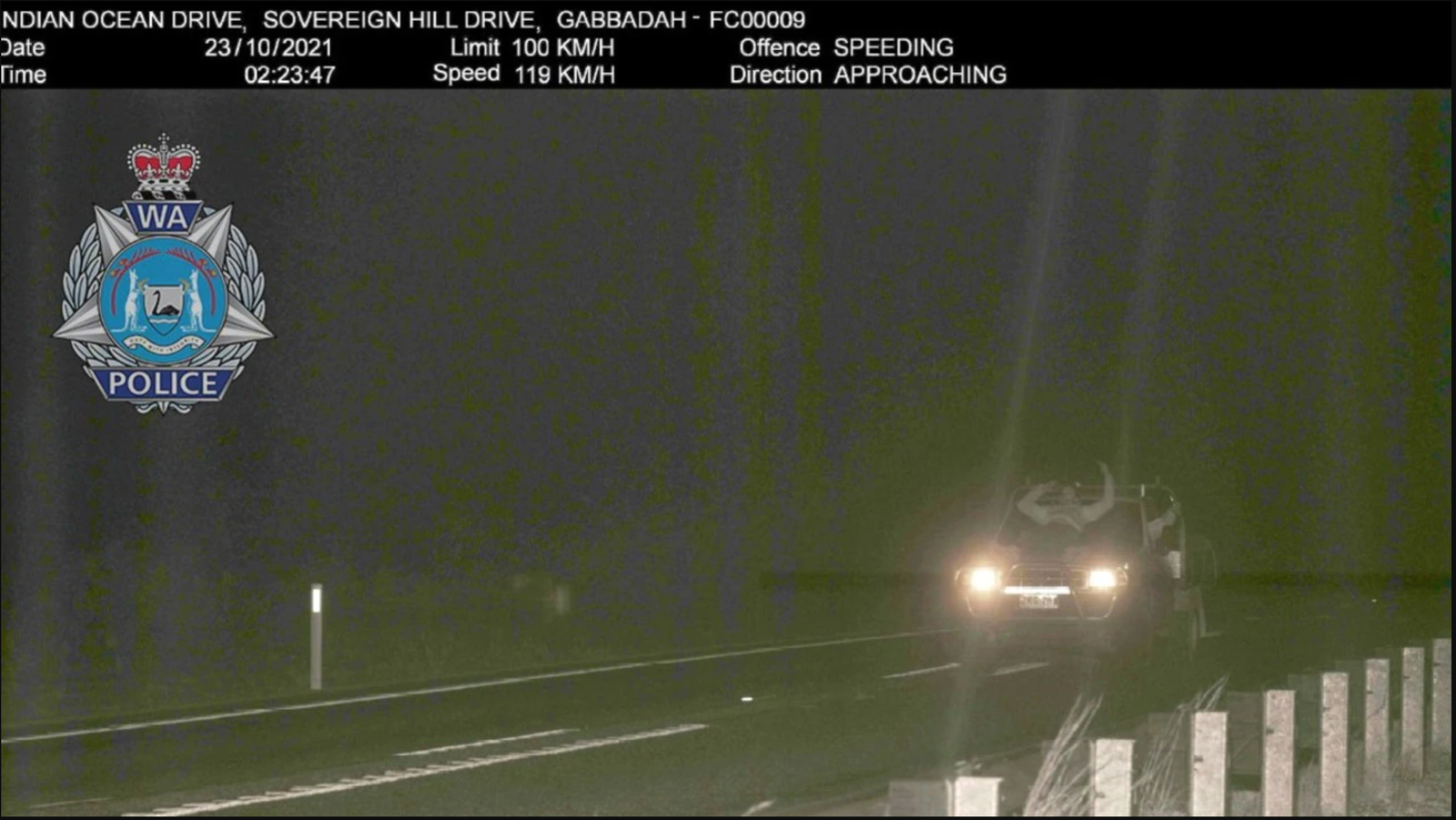
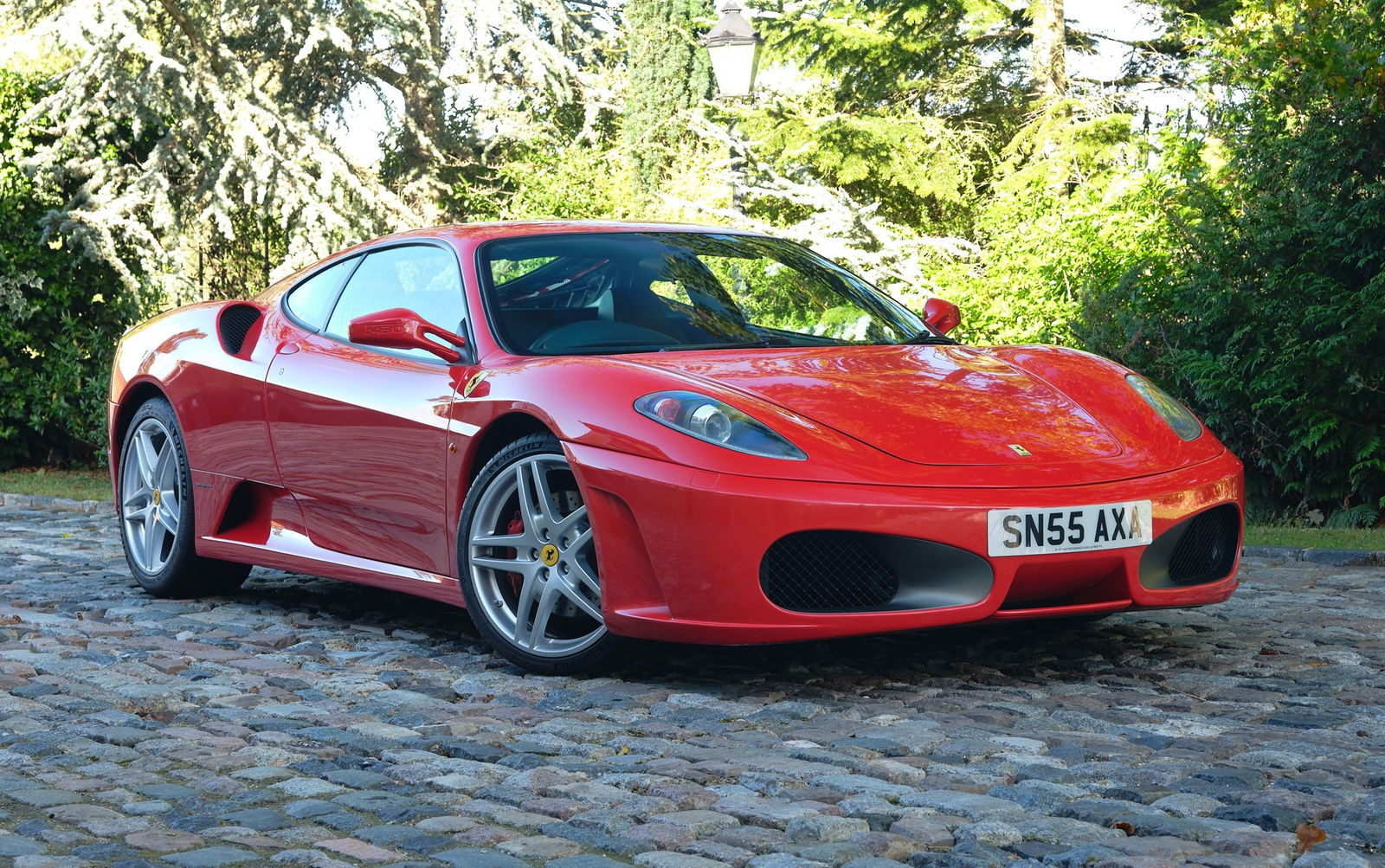





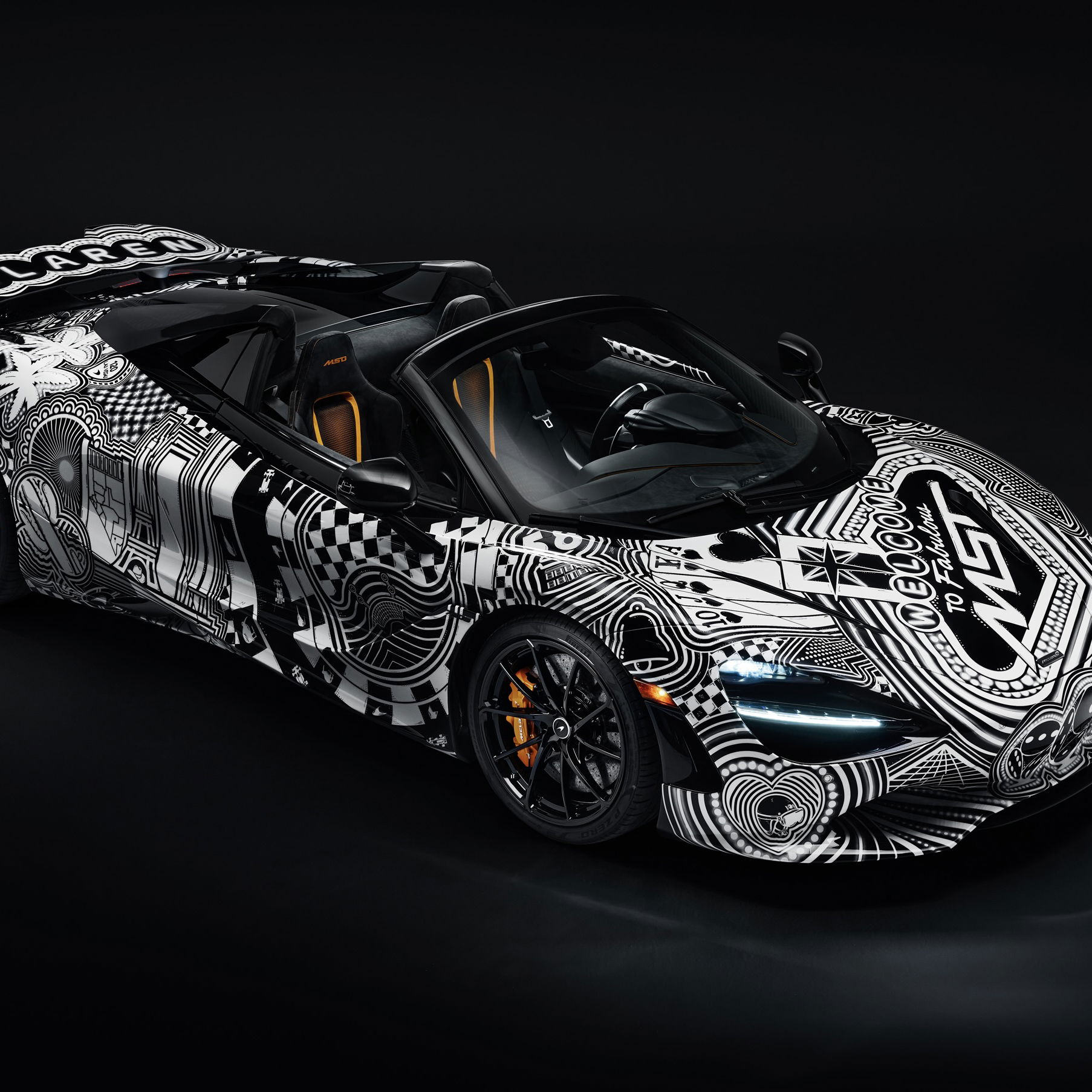
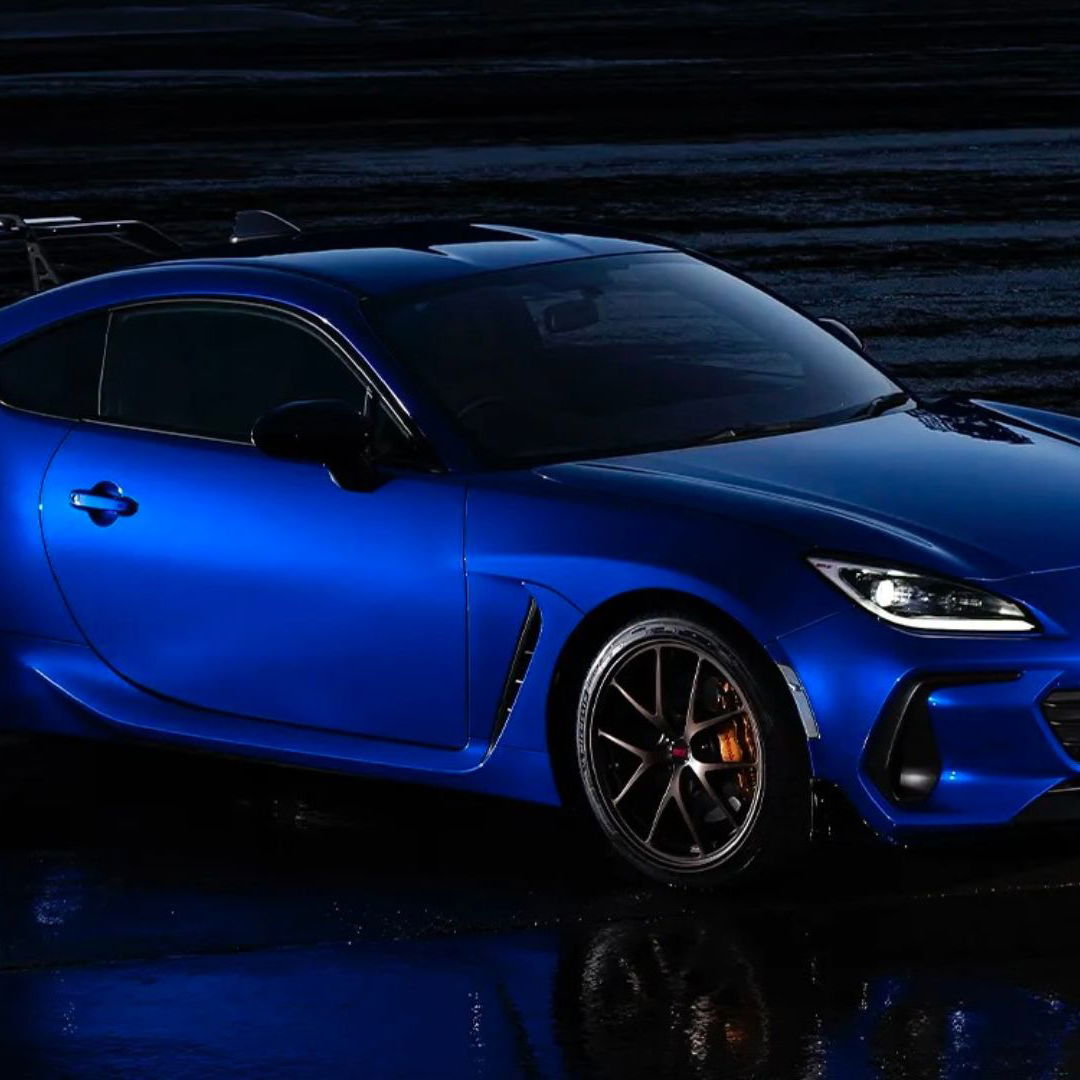

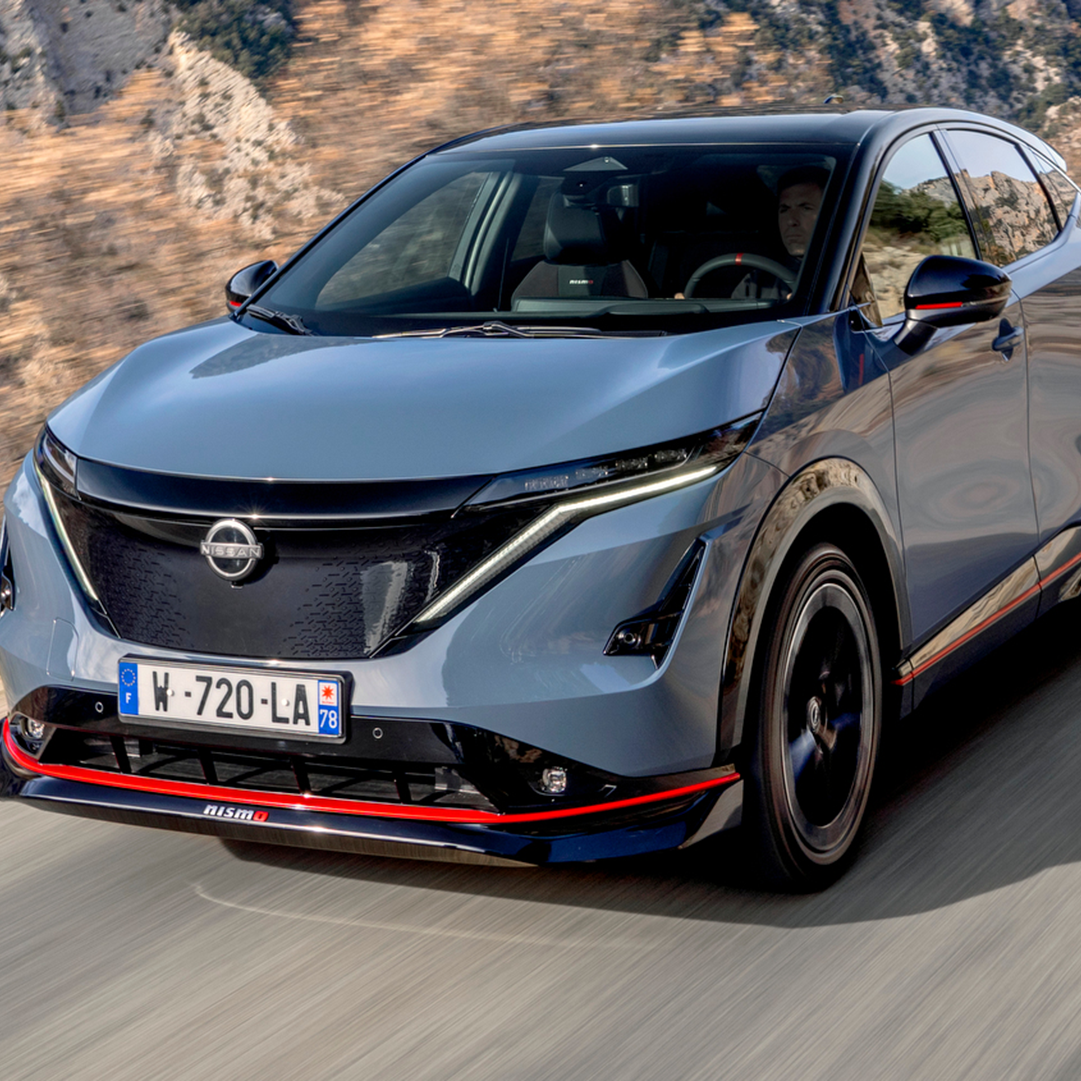
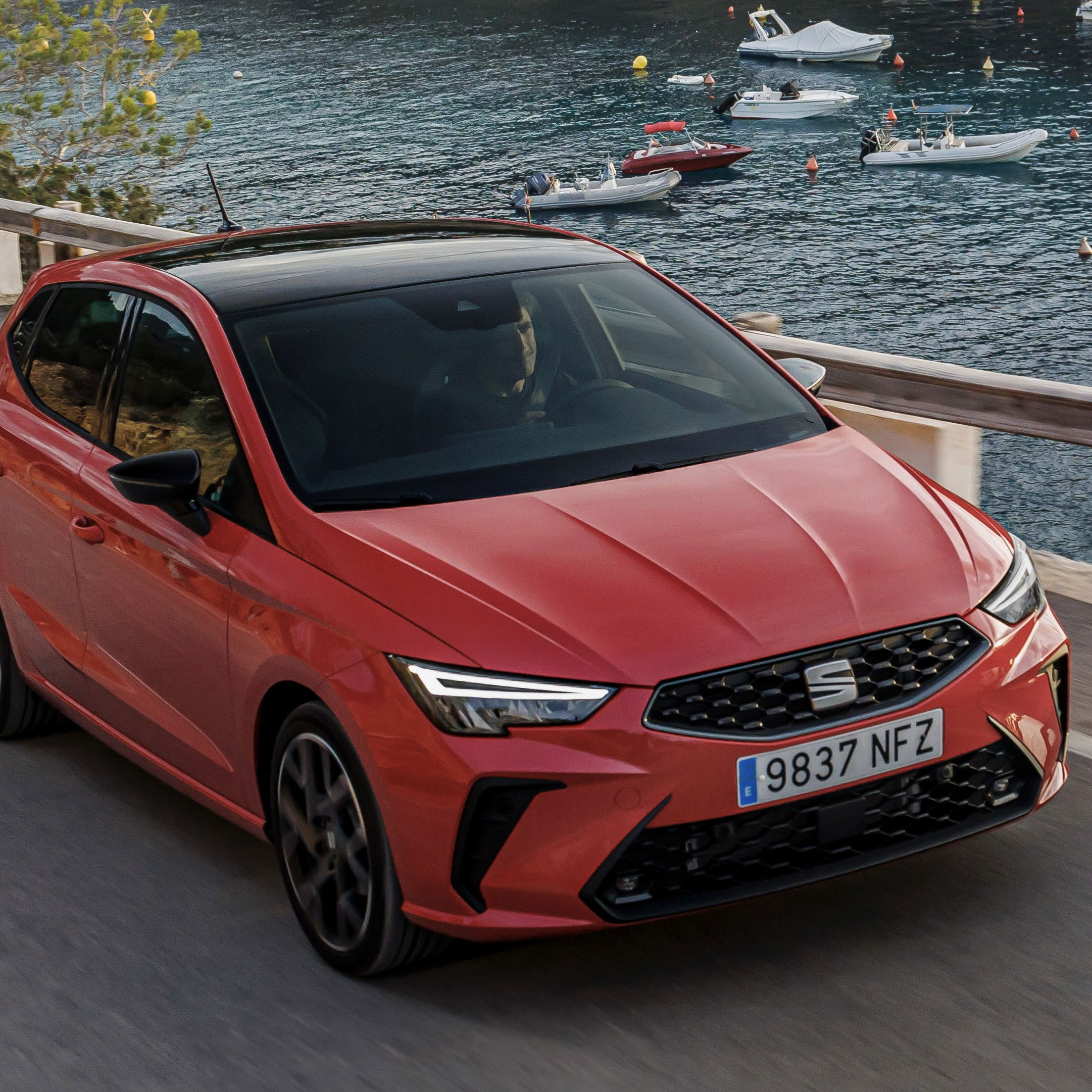

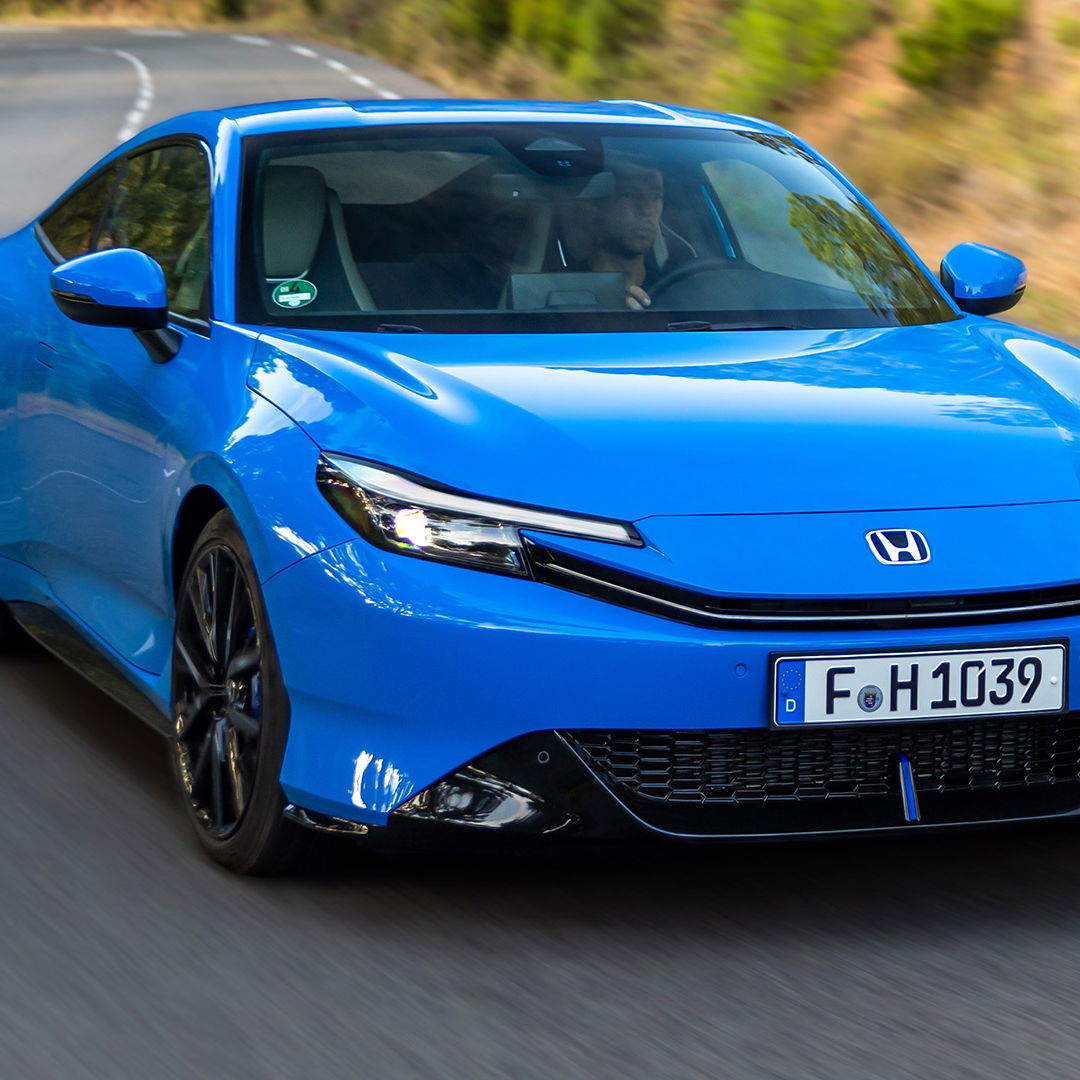
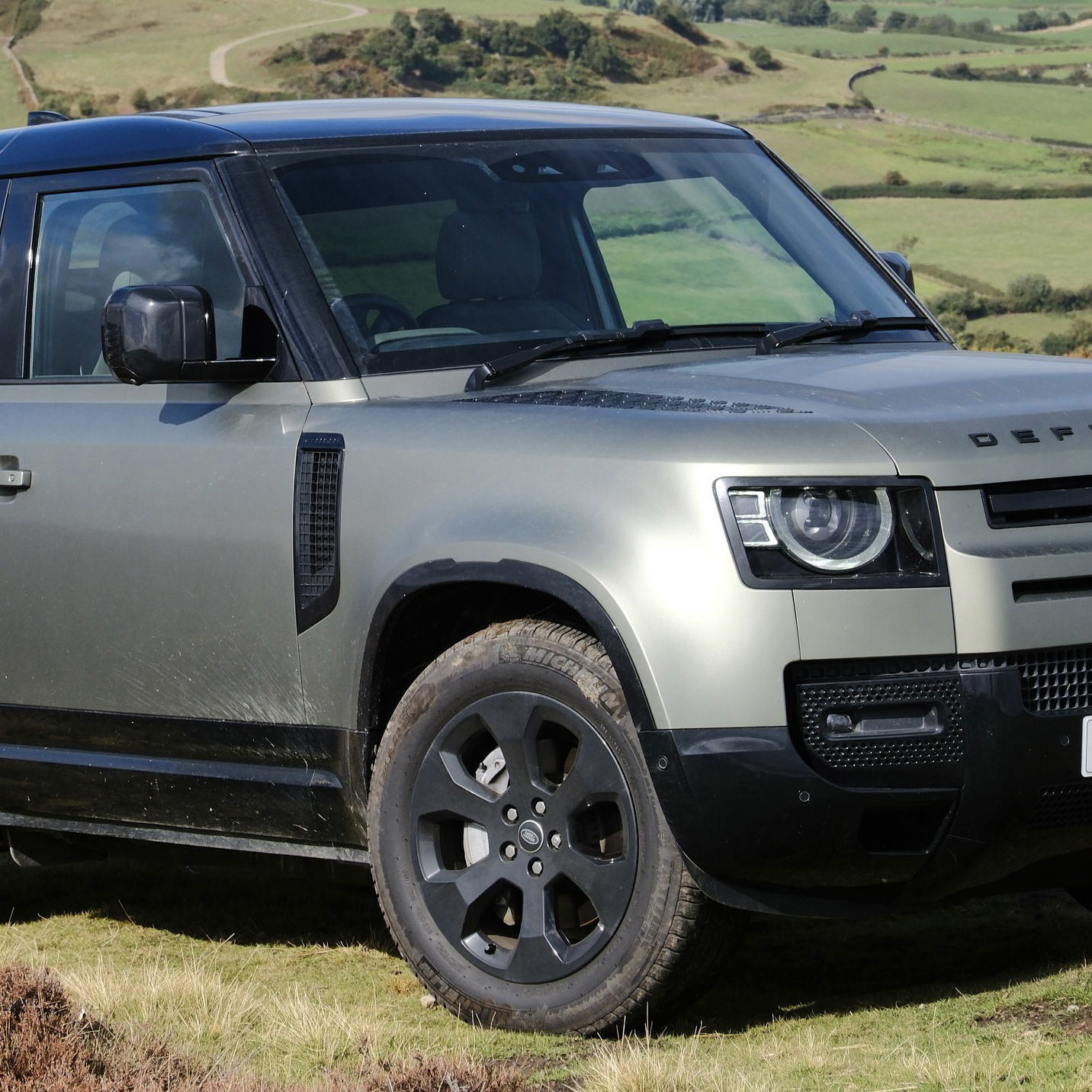
Comments